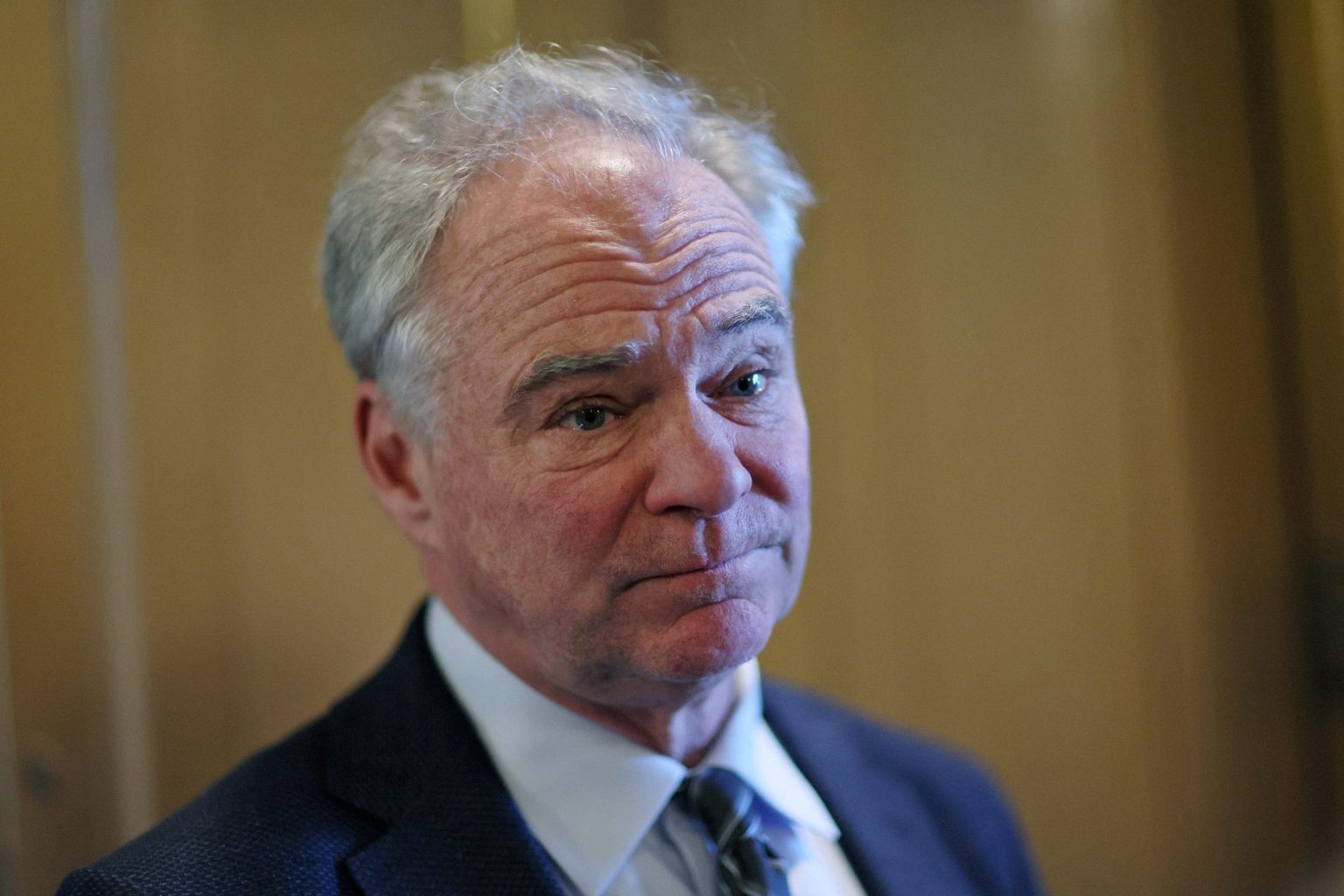The mysterious drone incursions near Langley Air Force Base in December 2023, which persisted for 17 days, remain shrouded in unanswered questions a year later, causing frustration among lawmakers like Senator Tim Kaine. The lack of clarity surrounding the origin and purpose of these 20-foot drones, which hovered near classified sites and disrupted training exercises, highlights a critical gap in national security protocols. The complex jurisdictional landscape involving the FBI, Northern Command, local law enforcement, and Langley officials themselves has created a confusing web of responsibility, hindering a swift and decisive response. This lack of a clear protocol allowed the drones to operate unimpeded, raising concerns about potential surveillance and the vulnerability of sensitive military installations.
The Langley incident is not an isolated occurrence. A series of drone sightings near other critical infrastructure, including Picatinny Arsenal, President Trump’s Bedminster golf club, Wright-Patterson Air Force Base, and even U.S. military bases overseas, underscores a growing national security concern. These incidents reveal a pattern of unauthorized drone activity that transcends geographic boundaries and targets both military and civilian sites. The recurring nature of these events necessitates a comprehensive review of existing counter-drone measures and a reevaluation of legal authorities to address this evolving threat. The potential for surveillance, disruption, and even sabotage underscores the urgent need for effective counter-drone strategies.
The current legal framework governing counter-drone activities is proving inadequate in the face of these challenges. While the government possesses various technological capabilities to neutralize drones, including shooting them down, using lasers, or jamming their frequencies, the legal authority to deploy these measures within U.S. airspace remains ambiguous. The hesitancy to engage drones domestically stems from concerns about potential collateral damage and the complex interplay of jurisdictions involving the FAA, the Coast Guard, and the military. This legal ambiguity creates a situation where potentially hostile drones can operate with relative impunity near sensitive installations, highlighting the need for legislative reform.
Adding to the complexity of the situation are instances of individuals, particularly Chinese nationals, being apprehended for unauthorized drone flights near U.S. military installations. The case of a Chinese national charged with flying a drone over Vandenberg Space Force Base, as well as the sentencing of another for capturing drone footage near Huntington Ingalls Industries Shipbuilding, raises concerns about potential foreign intelligence gathering. These incidents, coupled with the 2023 Chinese surveillance balloon incident and the unexplained drone incursions over the Nevada National Security Site, suggest a pattern of foreign interest in sensitive U.S. locations. This underscores the need for enhanced surveillance and security measures to deter and counter such activities.
The reauthorization of the government’s counter-drone authorities, included in a recent spending bill, represents a step toward addressing this challenge, but it may be insufficient. Experts argue that the existing program is outdated and lacks the necessary tools to effectively detect and mitigate the evolving drone threat. Calls for greater detection capabilities and expanded authority for state and local law enforcement to address unauthorized drone activity highlight the need for a more robust and adaptable approach. The current framework’s limitations underscore the urgency of legislative action to equip law enforcement and security agencies with the necessary tools to protect national security interests.
Ultimately, the Langley drone incident and the string of similar events across the country expose vulnerabilities in U.S. airspace security and highlight the urgent need for a comprehensive and coordinated response. The lack of clear protocols, the complex jurisdictional landscape, and the limitations of current legal authorities create a permissive environment for unauthorized drone activity. Addressing this challenge requires not only technological advancements in drone detection and mitigation but also a clear legal framework that empowers authorities to act swiftly and decisively. The growing frequency of these incidents underscores the need for proactive measures to safeguard national security interests in the face of this evolving threat.

